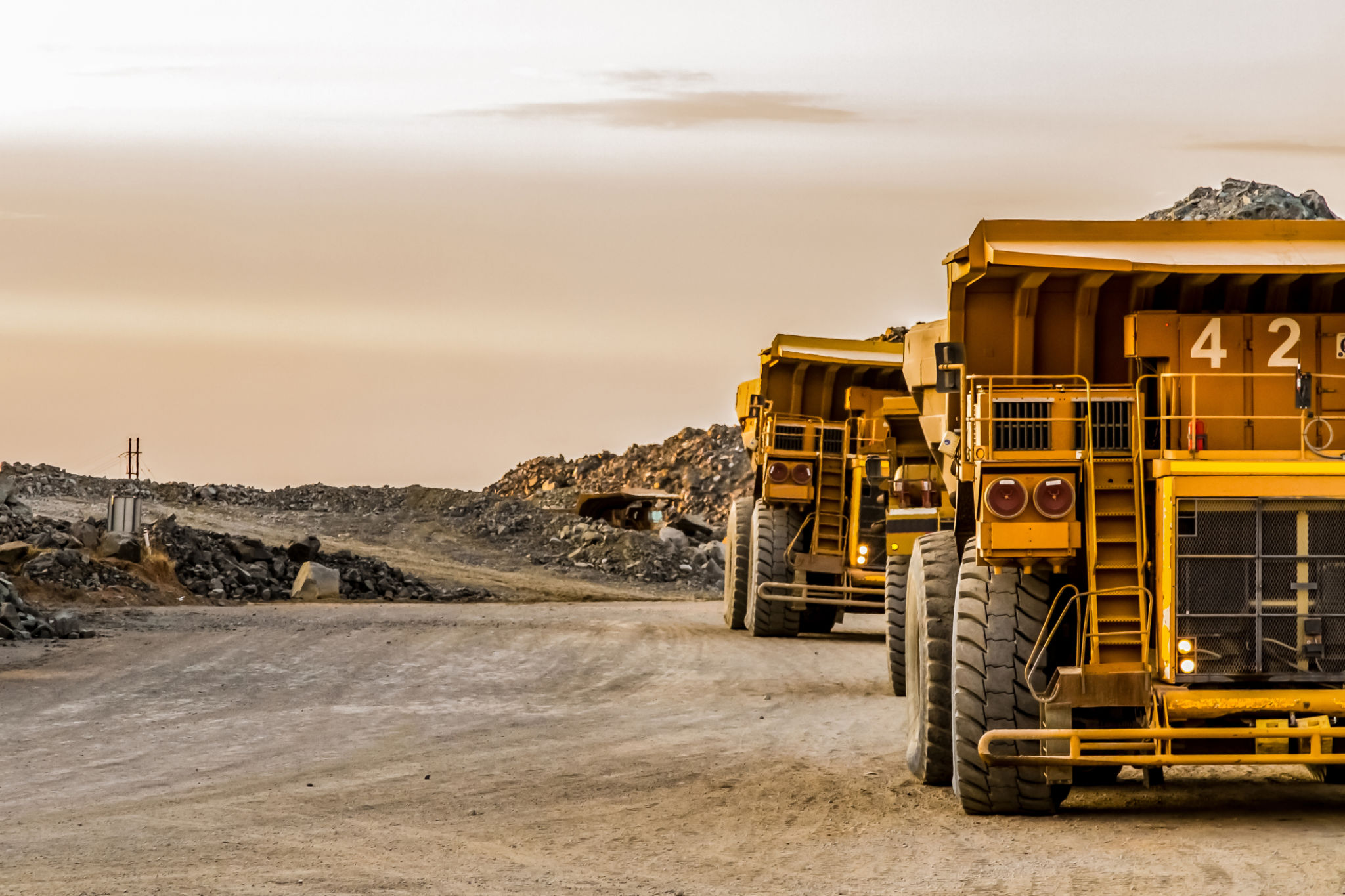The Evolution of Mining Techniques in the Democratic Republic of Congo
Introduction to Mining in the Democratic Republic of Congo
The Democratic Republic of Congo (DRC) is often regarded as one of the world’s richest countries in terms of natural resources. It is home to vast mineral wealth that includes copper, cobalt, diamonds, gold, and coltan. Over the years, mining techniques in the DRC have evolved significantly, shaping the country's economic landscape and affecting its socio-political environment.

Traditional Mining Practices
Historically, mining in the DRC was dominated by artisanal and small-scale miners using basic tools like shovels and picks. These traditional methods were labor-intensive and yielded limited output. Despite the challenges, these practices were crucial for local communities, providing employment and sustaining livelihoods.
Artisanal mining often involved entire families, with children and women playing significant roles. However, these practices also raised concerns about safety and environmental impacts, as well as issues related to child labor.
Industrialization and Modern Techniques
The shift from traditional to industrial mining in the DRC began in earnest during the colonial era. With the establishment of large mining companies, more advanced techniques and machinery were introduced. This transition marked a significant increase in production capacity, allowing for the extraction of vast mineral deposits.

Today, industrial mining operations rely on cutting-edge technology, including automated drilling systems, GPS-guided machinery, and sophisticated processing plants. These advancements have improved efficiency and safety, although they also present challenges related to environmental management and social responsibility.
Technological Advancements
Recent technological advancements have further transformed mining practices in the DRC. Innovations such as remote sensing, drones for aerial surveys, and data analytics are increasingly utilized to enhance exploration and operational efficiency.
- Remote sensing: Allows for extensive geological surveys without direct contact with the terrain.
- Drones: Provide valuable aerial imagery and data collection capabilities.
- Data analytics: Helps optimize mining operations through predictive analysis and real-time monitoring.

Environmental and Social Considerations
With the evolution of mining techniques, there has been a growing emphasis on sustainability and ethical practices. Mining companies are increasingly adopting measures to minimize environmental impact and enhance community engagement. Efforts include reforestation projects, water conservation initiatives, and social development programs.
Moreover, international regulations and guidelines are encouraging responsible mining practices. These frameworks aim to ensure that the economic benefits of mining are shared with local communities while preserving natural ecosystems.
The Future of Mining in the DRC
The future of mining in the DRC is poised for further transformation as new technologies continue to emerge. The integration of artificial intelligence and machine learning could revolutionize exploration and extraction processes. Additionally, there is potential for renewable energy sources to power mining operations, reducing carbon footprints.

As the global demand for minerals like cobalt and lithium rises—driven by the growth of electric vehicles and renewable energy technologies—the DRC's strategic position in the mining sector will likely strengthen. However, balancing economic growth with ethical practices will remain a critical challenge.
Conclusion
The evolution of mining techniques in the Democratic Republic of Congo reflects a complex interplay between technological advancements, economic opportunities, and social responsibilities. As the industry progresses, it must continue to adapt to changing global standards while addressing local needs and concerns. By fostering sustainable practices, the DRC can harness its mineral wealth to achieve long-term prosperity for its people.
